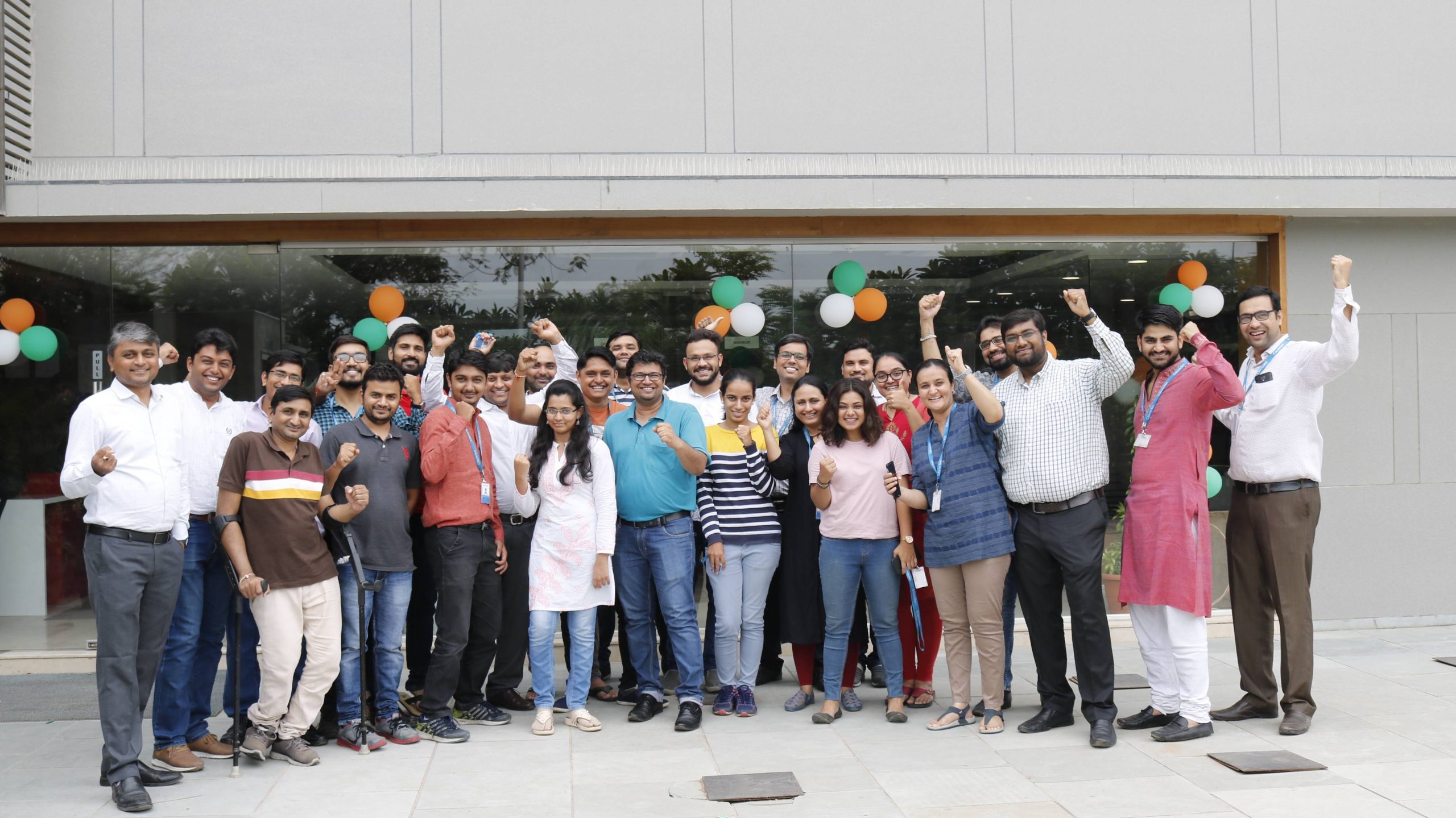We discuss the following topics in this blog:
- STL wins the “Best Wi-Fi Innovation” award.
- How to Handle the Age of Hyperconnectivity?
- STL’s dSmartMobility – India’s first intelligent Wi-Fi solution.
In addition to these topics, we shall also be answering the following FAQs:
- What is WiFi?
- What is an Optical Fibre Cable?
Contents
Overview
STL wins the “Best Wi-Fi Innovation” award at My India Wi-Fi India Leadership Awards 2019
How to Handle the Age of Hyperconnectivity?
We are in the age of hyperconnectivity where there is unprecedented demand for data. We are talking of 5G, Artificial Intelligence, Machine Learning, and yet we are stuck with internet buffering.
Even as we aspire for a Digital India, more than a billion people in the country are still not connected to the internet. STL understands the need to bring internet to every mobile device to make the dream of Digital India a reality.
How is STL Creating Intelligent WiFi Solutions?
STL created dSmartMobility – India’s first intelligent Wi-Fi solution -enabling better connectivity. dSmartMobility intelligently switches the network from 4G-to-Wi-Fi-to-4G providing seamless connectivity experience to the end-user. This platform optimises up to 40% spectrum usage giving seamless switch-overs and enabling a real-time view of essential network KPIs.
Our solution enables leading telcos to boost their internet penetration by offering better digital experience and better connectivity anywhere, anytime.
And, for this excellence in innovation, we won the prestigious “Best Wi-Fi Innovation” award as part of “My India Wi-Fi India Leadership Awards 2019” hosted by DigiAnalysys.
STL received the award on 20th August, 2019 in New Delhi amidst 200 business leaders from all quarters of business.
We have already taken seamless internet connectivity to two million live users and 40k daily Wi-Fi offload users with Wi-Fi network data consumption at 330 GB per day. Within a year, 250 million users will get the benefit of this solution.
We are truly on the path of Digital India!
FAQs
What is WiFi?
Put simply, WiFi is a technology that uses radio waves to create a wireless network through which devices like mobile phones, computers, printers, etc., connect to the internet. A wireless router is needed to establish a WiFi hotspot that people in its vicinity may use to access internet services. You’re sure to have encountered such a WiFi hotspot in houses, offices, restaurants, etc.
To get a little more technical, WiFi works by enabling a Wireless Local Area Network or WLAN that allows devices connected to it to exchange signals with the internet via a router. The frequencies of these signals are either 2.4 GHz or 5 GHz bandwidths. These frequencies are much higher than those transmitted to or by radios, mobile phones, and televisions since WiFi signals need to carry significantly higher amounts of data. The networking standards are variants of 802.11, of which there are several (802.11a, 802.11b, 801.11g, etc.).
What is an Optical Fibre Cable?
An optical fibre cable is a cable type that has a few to hundreds of optical fibres bundled together within a protective plastic coating. They help carry digital data in the form of light pulses across large distances at faster speeds. For this, they need to be installed or deployed either underground or aerially. Standalone fibres cannot be buried or hanged so fibres are bunched together as cables for the transmission of data.
This is done to protect the fibre from stress, moisture, temperature changes and other externalities. There are three main components of a optical fibre cable, core (It carries the light and is made of pure silicon dioxide (SiO2) with dopants such as germania, phosphorous pentoxide, or alumina to raise the refractive index; Typical glass cores range from as small as 3.7um up to 200um), Cladding (Cladding surrounds the core and has a lower refractive index than the core, it is also made from the same material as the core; 1% refractive index difference is maintained between the core and cladding; Two commonly used diameters are 125µm and 140µm) and Coating (Protective layer that absorbs shocks, physical damage and moisture; The outside diameter of the coating is typically either 250µm or 500µm; Commonly used material for coatings are acrylate,Silicone, carbon, and polyimide).
An optical fibre cable is made up of the following components: Optical fibres – ranging from one to many. Buffer tubes (with different settings), for protection and cushioning of the fibre. Water protection in the tubes – wet or dry. A central strength member (CSM) is the backbone of all cables. Armoured tapes for stranding to bunch the buffer tubes and strength members together. Sheathing or final covering to provide further protection.
The five main reasons that make this technology innovation disruptive are fast communication speed, infinite bandwidth & capacity, low interference, high tensile strength and secure communication. The major usescases of optical fibre cables include intenet connectivity, computer networking, surgery & dentistry, automotive industry, telephony, lighting & decorations, mechanical inspections, cable television, military applications and space.














